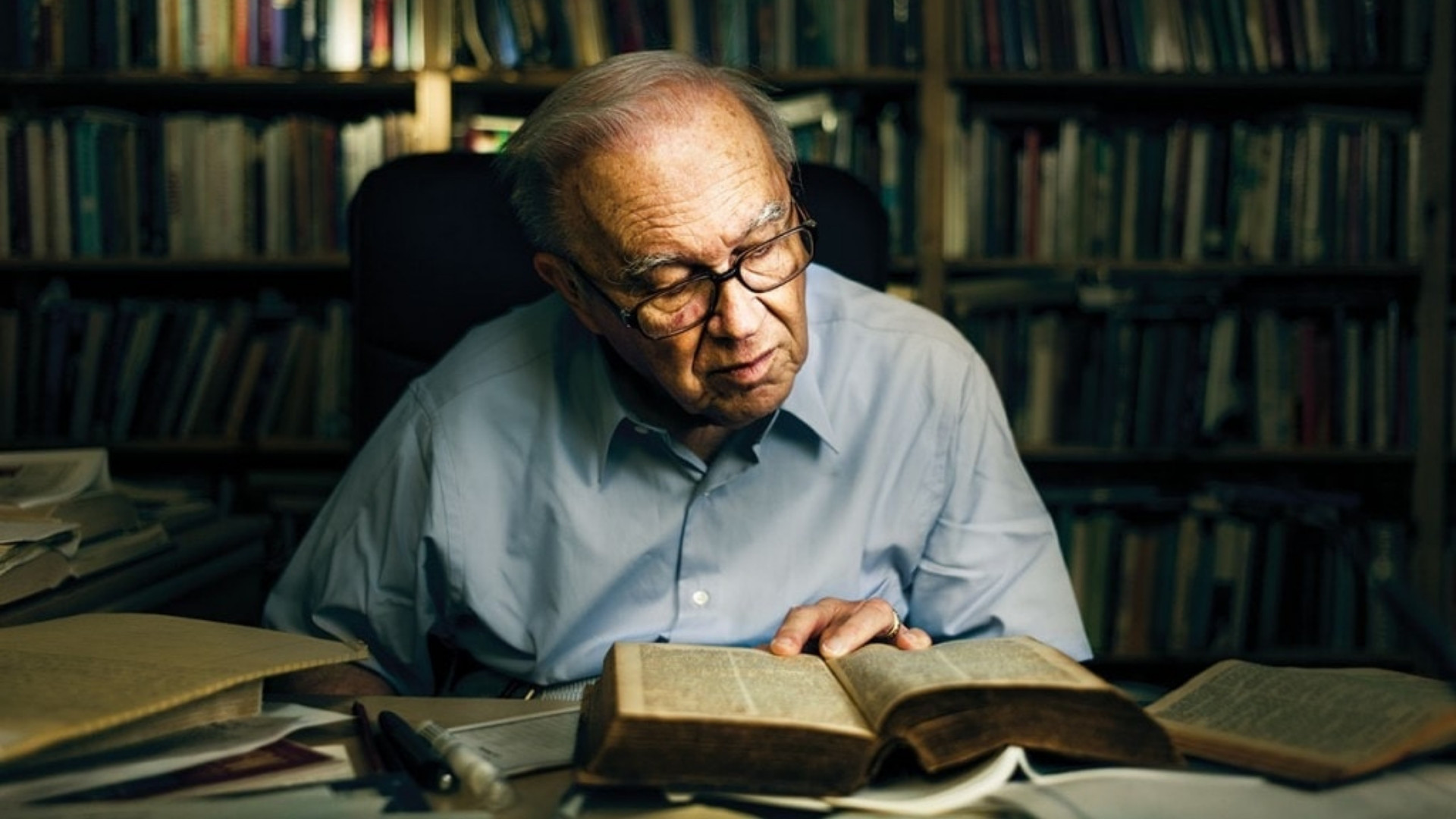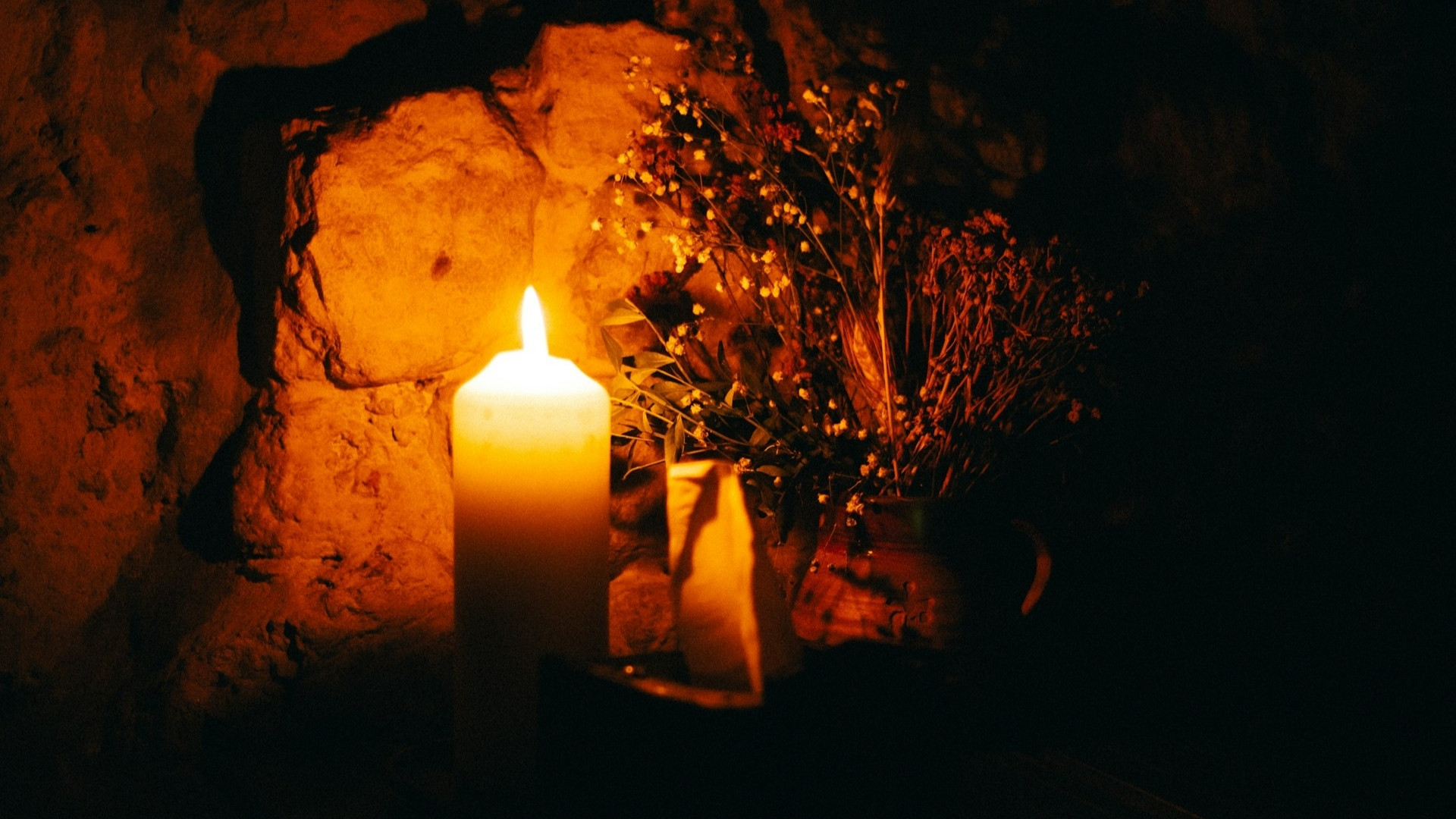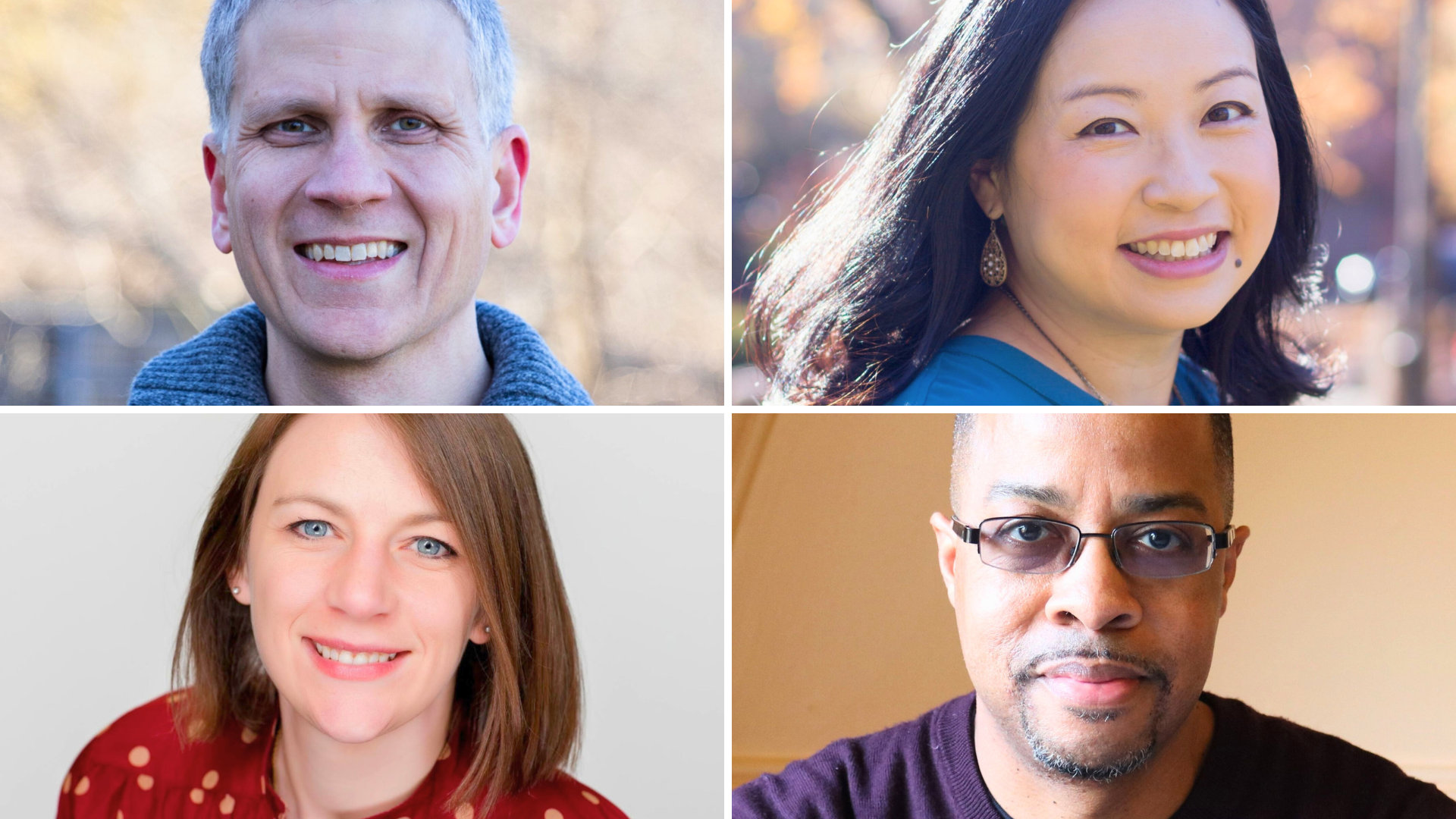A denominational immigrant’s journey
It’s been said that you cannot understand the early Covenant unless you grasp its immigrant roots. Likewise, I believe we cannot understand the current and emerging Covenant unless we appreciate that the denomination is receiving a new wave of immigrants from every corner of the denominational globe. The impact of this wave will be felt across the Covenant in the coming decades.
Growth introduces fresh challenges. While many Christian denominations are losing membership at an alarming rate, the Covenant has bucked the trend and attendance has doubled in the last twenty years. This rate of expansion means lay people and leaders are coming to the Covenant with histories and backgrounds in other denominations. As the Covenant assimilates greater numbers of denominational transfers, its identity will be shaped by their experience. I am one of those immigrants, and this is my story.
I first viewed the journey of denominational transfer through the lens of immigration. I was reading Zenos Hawkinson’s account of the early Covenanters in his book Anatomy of the Pilgrim Experience, and he explained immigration in four stages: uprooting, planting, fencing, and managing. I connected deeply with his description of the emotional experience of uprooting from one place and then planting in another. I realized this was a way of telling my story – and the story of others like me.
My journey toward the Covenant started at an appropriate place—a table. I had become close friends with Tim Morey, pastor of Life Covenant Church in Torrance, California, and we had developed a habit of having lunch once a month to share our respective journeys and process our callings. One day in early 2009, we were in our usual spot at the table just outside the door of Pancho’s Tacos, a favorite hole-in-the-wall taqueria. I stared wearily at the gas station across the street and poured out my frustrations about my calling and my current role in ministry. Tim had become the kind of friend I could talk to about such things.
At the time, I was pastor of spiritual formation at a church across town, but I felt God wanted to move me in a different direction. A few months earlier, I had had a series of experiences in prayer that left me convinced that God wanted me to pastor a church. I put this idea to the test with people who knew me, knew God, and knew pastoring. Those people – including Tim – affirmed my calling. Still, I wasn’t sure how it was supposed to happen. The most direct denominational connection I had was with the Foursquare Church, and I had great appreciation for that denomination. Yet I didn’t think that my path forward lay in Foursquare. I had more questions than answers, and my present ministerial role was growing increasingly difficult.
Tim and I had talked about these issues before, but that particular afternoon at Pancho’s proved to be a turning point when he asked me, “Have you ever thought about being a Covenant pastor?” In previous conversations, Tim had told me stories about the relational ethos of the Covenant, how the denomination cares for its pastors, its commitment to freedom in Christ, and its way of combining warm-hearted faith with justice and compassion in the world. My curiosity piqued, I had read through the Covenant Affirmations online. I held only a cursory understanding of the Covenant, but its approach to ministry and life in Christ resonated with me. Furthermore, lately it seemed like every time I met a pastor who seemed to be cut from the same cloth as I was, he or she turned out to be Covenant.
I smiled with a sudden surge of hope and replied, “Yes! Every time I hear you talk about the Covenant, I think about being a Covenant pastor.”
When he asked me if he could give my name to a few people who might be able to help, I readily agreed.
Uprooting
I was more than casually interested in finding a denominational home. That day at Pancho’s, I was in the midst of a long period of denominational uprootedness. Within the vast Christian family, I yearned for a people to belong to, but I had been a wanderer for years.
My native denominational soil is the Foursquare Church, a movement that started during the early twentieth-century Pentecostal revivals in Los Angeles. When I was young, my dad pastored a Foursquare congregation in Pueblo, Colorado. He always spoke positively about the church and its leaders, especially Jack Hayford. I had all the reason to remain on my native denominational soil, yet as an adult, I became slowly dislodged.
In my late twenties, I enrolled at Fuller Theological Seminary for two reasons: I wanted to be qualified to teach biblical truths in some vocational capacity, and at a deeper level, I was insatiably curious about God. Fuller was the perfect environment for me. I deepened my commitment to orthodox Christian beliefs, and a whole new world opened up. I developed intellectual bonds with influential men and women from throughout the Christian tradition. I devoured philosophical texts and reacted to the search for clarity with what I can only describe as some kind of neurophysiological sensation.
I found that rigorous thought and hunger for God can intertwine like strands of a rope—and I was compelled to grab the rope and climb. That led to another degree, a PhD in systematic theology at Southern Methodist University in Dallas. The more I used that two-stranded rope, the less connected I became to the faith practiced within the Foursquare circles in which I moved. We still shared a voracious hunger for God and a full life with the Holy Spirit. But I wanted to talk about Western thought and the wider Christian tradition, and increasingly my conversation partners came from outside my home church. Although there are wonderful thinkers within Foursquare and the charismatic tradition, something in me had changed.
While in Dallas, my wife and I went on an extensive church hunt. My new connections to Methodism proved unfruitful. Eventually our search landed us in an evangelical Episcopal church. I loved the deeper bond I felt to the Christian tradition, and I had no end of new conversation partners. I worked in that church as director of adult education, and I taught classes for two Episcopal theological schools. It seemed natural to consider ordination in the Episcopal Church. Yet, although it was wonderful as a place to reside for a while, I did not feel called to settle there.
Nothing seemed to fit quite right. Not Foursquare. Not Methodist. Not Episcopal. Not any group I knew of. It gnawed at me. I felt like a man with no country.
This lack of rootedness hampered my attempts to launch a teaching career as a theologian, and I ended up reverting back to my first career in the business world. The sense of failure and wasted years was crushing. Feeling abandoned by God, I became embroiled in a deep crisis of faith.
That’s when I connected with a new conversation partner – John of the Cross. Through him I discovered that some regions in our hearts are only uncovered and sanctified when we are enveloped in suffering. I became more intimately attached to other fathers and mothers of the monastic tradition. They knew well the crucible of life with God. They issued a repeated and uncompromising call that became the great lesson of my life: surrender to God has to be completely unconditional. God was forming me at new depths. I was surrendering. I was developing compassion. I was learning to pray.
In addition to charismatics, Wesleyans, and Anglicans, my heart was now intertwined with the monastic fathers and mothers, both Eastern and Western. Yet these new bonds only underscored my sense of being a Nowhere Man. I continued to wander. Having connections all over the Christian tradition was like being a person of the world, but a citizen of no country.
It took three years for me to surrender deeply to God without reservation. It took three more years before I would be called back into ministry as a staff pastor in a friend’s Foursquare church in Southern California. I felt called there, but I didn’t quite fit in that particular church. I wanted to bring all my friends from the Christian tradition with me, but many of them weren’t welcome. Similarly, I was able to bring part of who I was to the table, but especially when I talked about monastic spirituality, people didn’t understand. I love my friends at that church, and I love Foursquare, but I felt like my heart contained several genres of music, and I wanted to find a band that would relish playing them all.
A man without a country. A wanderer. A misfit. That’s who I was when I started having lunch with Tim.
Planting
Tim’s church became like a ship that ferried me and my family across the seas of our denominational journey. When my time with the Foursquare congregation ended in the spring of 2010, I went to work in a transitional role at Life Covenant Church. I was thrilled to find people who were passionate, broad-based, and eclectic like me. By this time, I was certain the Covenant was the denominational home I had been longing for. Everyone knew I was looking for a permanent call, so they prayed openly about it. We waited for God’s provision.
Within weeks Sanctuary Covenant Church in Sacramento, California contacted me for an interview. The process was extensive. Only after feeling the Holy Spirit had spoken clearly to them did they call me. Finally the doors were opening, and I knew this would be a chance to put down denominational roots at last. Even though I had great hope, my wife and I wondered what this new community would really be like.
Two and a half years later, we have not been disappointed. I have found the Covenant to be just as Tim described it.
In the midst of my ordination process, I recently had a powerful experience with God in a place that took me by surprise – the Covenant theology class at the Midwinter Conference. This is one of the courses we immigrants are required to take in our process of naturalization in the Covenant. The classes are high quality, but to be honest, they are not where I expect to have a worship encounter.
On this particular afternoon, our instructor Jeff Crafton led our class through a tour of hymns that have influenced Covenant worship. About halfway through the songs, a man near me raised his hands and then began to weep. “This guy must really like hymns,” I thought. Then something began to happen to me too. I became so overcome by the presence of God that I too had to stop singing and simply be with God in silence. My emotions slowly clarified around a feeling of finally being home. The theological and spiritual themes we had been studying all week rushed through my mind. A sense within me said, “Yes. This is right. This is where I belong.”
Words from what Hawkinson identifies as “the pilgrim’s psalm” echoed in my heart: “Some wandered in desert wastelands, finding no way to a city where they could settle. They were hungry and thirsty, and their lives ebbed away. Then they cried out to the Lord in their trouble, and he delivered them from their distress. He led them by a straight way to a city where they could settle. Let them give thanks to the Lord for his unfailing love and his wonderful deeds for humankind, for he satisfies the thirsty and fills the hungry with good things” (Psalm 107:4-9, NIV).
Fencing and Managing
According to Hawkinson, what comes after planting is fencing and managing. If planting is settling in a new land, fencing and managing are about becoming caretakers of the new host culture. The immigrants say, “We are no longer uprooted. We are no longer merely planting. We have decided to stay” (Hawkinson, p. 33). Fencing has to do with handling boundaries. It is drawing, redrawing, struggling over, and clarifying the lines that distinguish what is “us” from what is “not us.” Managing has to do with influencing the lives of people. At its worst it is about exerting control. At its best it is about exercising stewardship of a movement we cannot control.
Some sense of control is exactly what fresh denominational immigrants want, and it can be difficult to come by. Most of us are happy to be here but surprised and occasionally frustrated by how difficult the Covenant is to grasp. No statement of faith. No centralized liturgy or style of worship. It’s more an ethos – a way of life built around renewal in Christ and mission. An ethos can’t be codified. It has to be “caught.”
Catching an ethos doesn’t happen in a hurry. The process calls for patience and persistence from everyone, including us immigrants and those who are naturalizing us into the Covenant’s ethos. When we ask for easy answers, it might be better to show us examples, swap stories, and invite us to sing with you. Walk with us so we can walk with you. This kind of naturalization has more to do with friendship than with simple catechism.
There is much at stake for the future of the Mission Friends. Since the new wave of denominational immigrants will participate in much of the fencing and managing, how and whether we catch the Covenant’s ethos will shape the denomination significantly in the coming decades. We bring with us a vast variety of backgrounds and experiences. If we internalize the heart of the Mission Friends, we have the potential to help meet future challenges with approaches that are both creative and authentically Covenant.
David Beck is pastor of Sanctuary Covenant Church in Sacramento, California.













